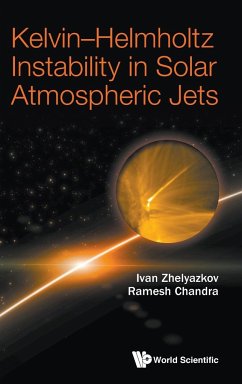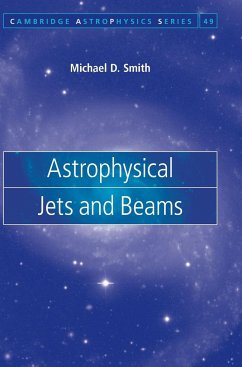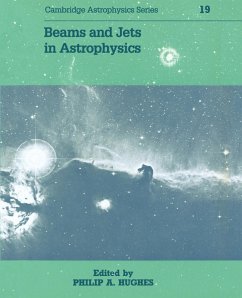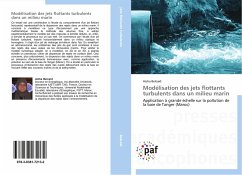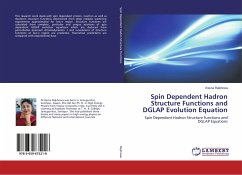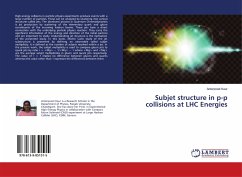
Subjet structure in p-p collisions at LHC Energies
Versandkostenfrei!
Versandfertig in 6-10 Tagen
24,99 €
inkl. MwSt.

PAYBACK Punkte
12 °P sammeln!
High-energy collisions in particle physics experiments produce events with a large number of particles. These can be analyzed by clustering into conical structures called jets. The dominant process in Quantum Chromodynamics is jet production by scattering of the elementary quark and gluon constituents of the incoming hadron beams. These jets have a direct connection with the underlying particle physics reaction. They carry the significant information of the energy and direction of the initial partons and are important to study. Understanding jet structure is the motivation of the presented stu...
High-energy collisions in particle physics experiments produce events with a large number of particles. These can be analyzed by clustering into conical structures called jets. The dominant process in Quantum Chromodynamics is jet production by scattering of the elementary quark and gluon constituents of the incoming hadron beams. These jets have a direct connection with the underlying particle physics reaction. They carry the significant information of the energy and direction of the initial partons and are important to study. Understanding jet structure is the motivation of the presented study. In this book, Monte Carlo study of the jet substructure is presented by defining an observable called subjet multiplicity. It is defined as the number of subjets resolved within a jet. In the present work, the subjet multiplicity is used to compare gluon jets to quark jets by ratio r = - 1/ - 1 where and are the average subjet multiplicities in gluon and quark jets respectively. The value of r = 1 implies no difference between gluons and quarks whereas the value other than 1 expresses the differences between them.



